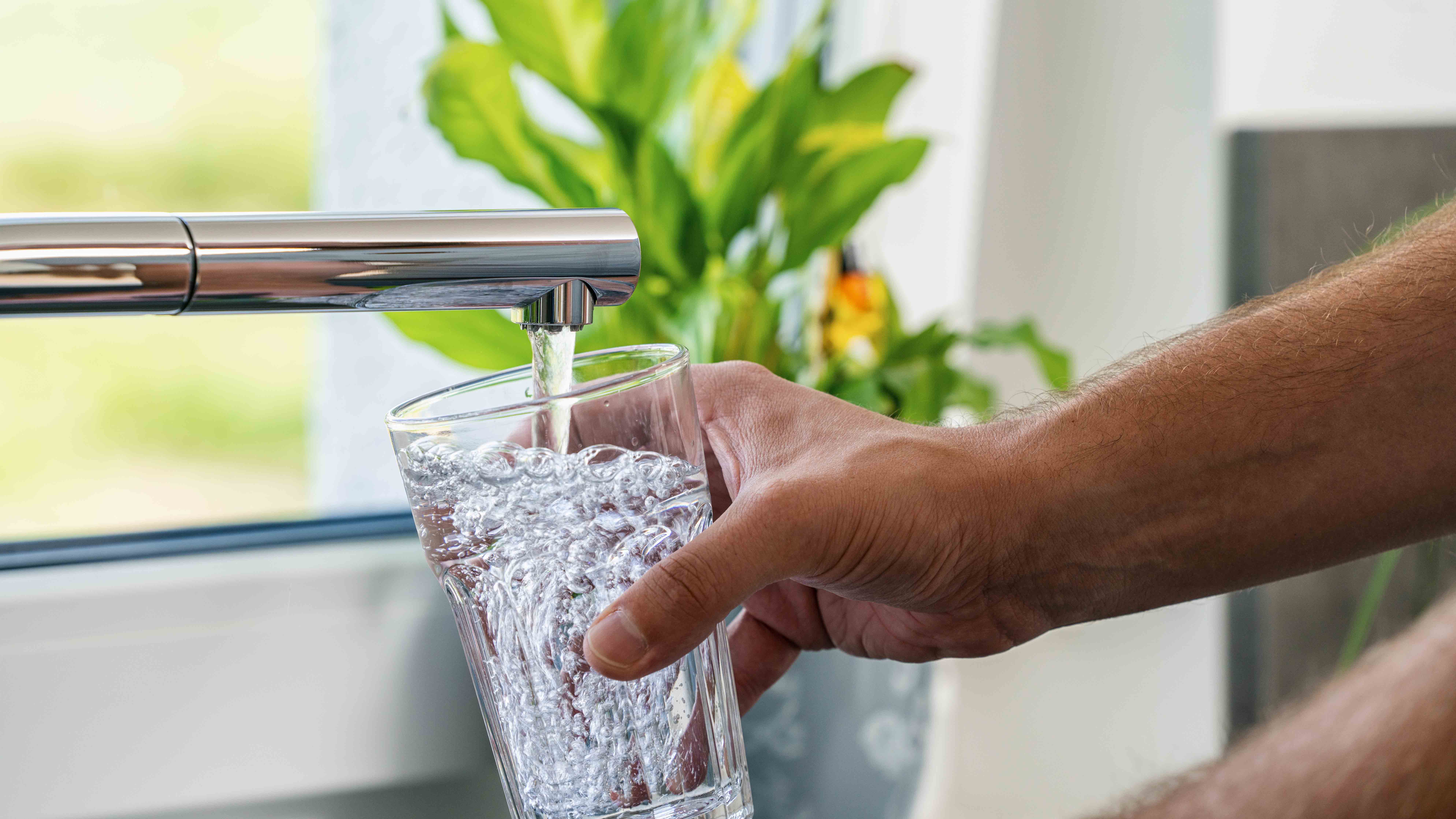The report by the Office of the State Inspector General says that the state’s decentralized approach to oversight sometimes allowed lax penalties for rule-breakers. Regional offices of Virginia Department of Health’s Office of Drinking Water (ODW) differed in how they documented violations and how much time they allowed violators to correct course.
“ODW cannot ensure that valid drinking water violations are being issued...if levels of record keeping and tracking are inconsistent throughout the state,” the report says.
The audit also says some water systems may not have fulfilled their obligations to notify the public of changes or issues with drinking water.
Still, the report credited VDH for working with auditors to fix issues they identified. The office created a new “compliance specialist” position to help coordinate work across the state and is making a series of changes ahead of a 2022 review by OSIG.
Adam Tagert, an audit manager with the inspector general’s office, said the audit didn’t surface any issues that would lead him to broadly question the safety of Virginia’s drinking water.
“What we did find is that there are avenues that we can ensure that that’s not going to happen in the future,” Tagert said in an interview.
Federal data show the number of “serious violations” in Virginia have gone down almost fivefold since 2011, when the Environmental Protection Agency noted 129 violations. Still, data reported to the EPA show problems in some water systems.
The town of Amherst, near Lynchburg Virginia, reported lead levels up to three times higher than EPA’s “action level” in some homes it sampled between Jan. 2015 and June 2019. The town helped bring those levels below the threshold by adding an anti-corrosive chemical to coat pipes, according to its 2019 report.
The EPA pegged the city of Emporia in Southside Virginia as an “enforcement priority” for repeatedly exceeding federal thresholds for total trihalomethanes (TTHM), a byproduct of disinfecting drinking water with chlorine that has shown to cause cancer in lab tests on animals. On Tuesday, Emporia’s City Council heard updates on how to address the issue as well as unrelated water discoloration caused by high levels of manganese from new equipment and processes.
The town of Altavista earned the same EPA designation for high concentrations of another carcinogenic disinfection byproduct, haloacetic acids (HAA5). In 2017, a state licensing board sanctioned three employees of the town’s water treatment plant for falsifying water test results. State and local officials said the water was safe then, and state inspections last month show the plant is now in compliance with federal regulations on HAA5 levels.
The water system at Quantico Marine Base, which serves 19,000 people, accrued 50 points in the EPA point system for violations over the last five years -- among the highest in the state -- although it hasn’t reported any violations since 2019. In their 2019 report, water authorities acknowledged missing key tests between 2017 and 2019. In 2020, they noted a dip in levels of HAA5 and TTHM that brought the base back into compliance with EPA rules.
The Office of Drinking Water regulates any entity that serves water to at least 25 people across 60 days a year, a category broad enough to include over 2,800 systems ranging from Fairfax County Water Authority to the Berryville Moose Lodge in Clark, Virginia.

A statewide map of the number of 2020 drinking water violations based on the size of water systems.
Dwayne Roadcap, director of ODW, said a minority of systems violated state or federal rules. The office’s 2020 annual report showed nearly 80% of systems had no violations last year. A little over 2% reported health violations -- ones showing dangerous levels of contamination. Thirty five were deemed “serious violators” using a weighted points system set out by the EPA, meaning they have “unresolved serious, multiple, and/or continuing violations.”
“There’s a small number of public water systems that we elevate to formal enforcement, and they serve a very small percentage of the overall population,” Roadcap said. “So I think generally people can have confidence, especially if you’re being served by one of the larger systems.”
The EPA offers an online tool that allows water consumers to check recent test results and violations from their local system. The state’s Drinking Water Watch tracks similar information, and local municipal suppliers release annual consumer reports.
Roadcap argued most violations occur with small systems that are under-resourced and require some flexibility from local health officials.
“They don’t have the economy of scale, they don’t have professional engineers on staff,” Roadcap said.
A 2019 study conducted by two professors at Virginia Tech found the size of community water systems in Virginia affected how well they complied with state and federal regulations from 1999 to 2016. The smallest, rural systems racked up the most violations related to reporting, while midsize systems serving between 500 and 10,000 accrued the most health violations for contaminants.
Leigh-Anne Krometis, a professor at Tech’s department of biological systems engineering and one of the authors of the paper, said regulators across the country were grappling with similar questions on how to step up enforcement -- a task she said was necessary alongside improving aging infrastructure. If a water system lacked the resources to fix issues, would civil fines fix the issue?
“Are you gonna squeeze water from stone?” Krometis said. “It comes to a point where, do you just shut it down and say, ‘You're shut down?’ Because that means no one gets water. It's a really difficult problem.”




